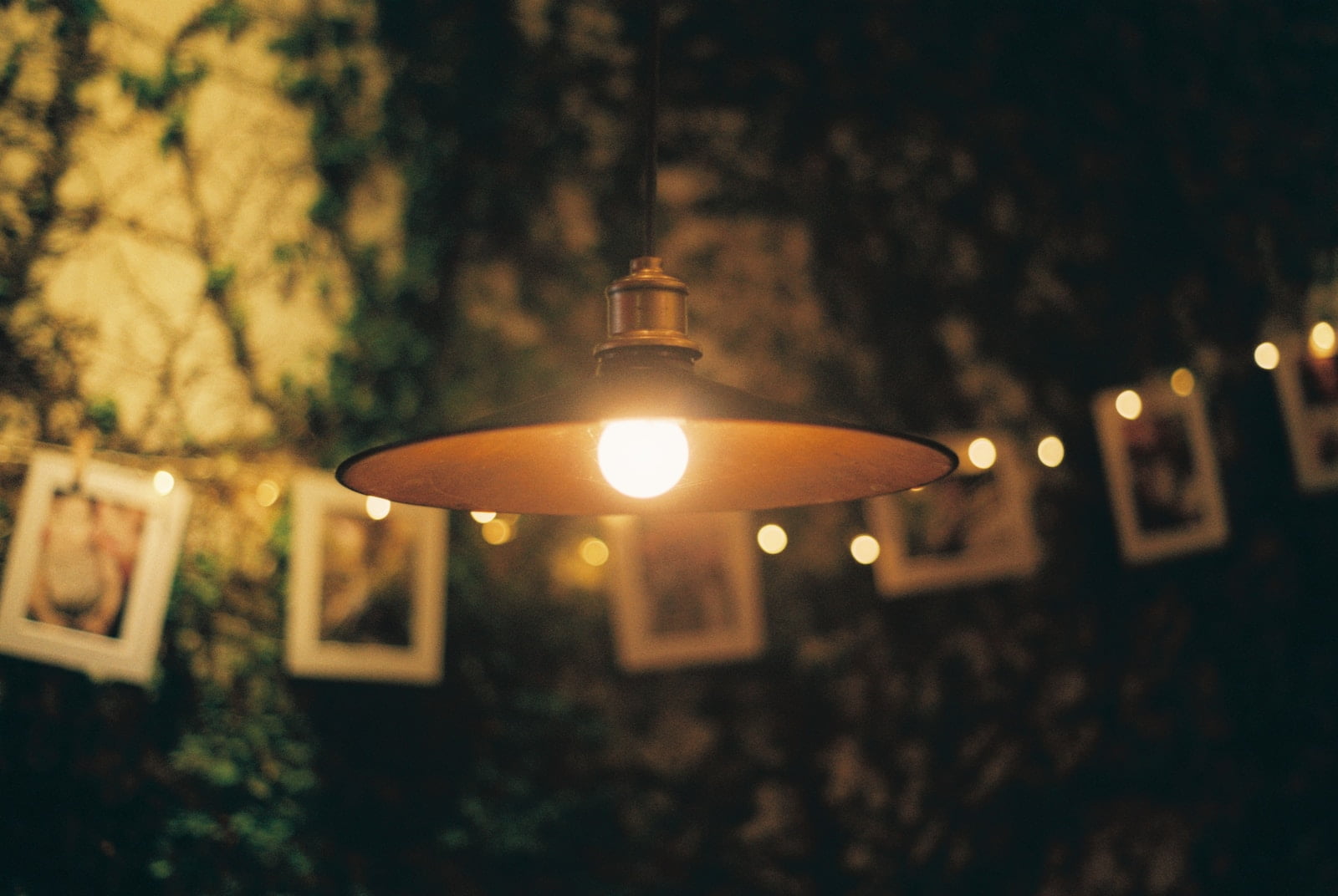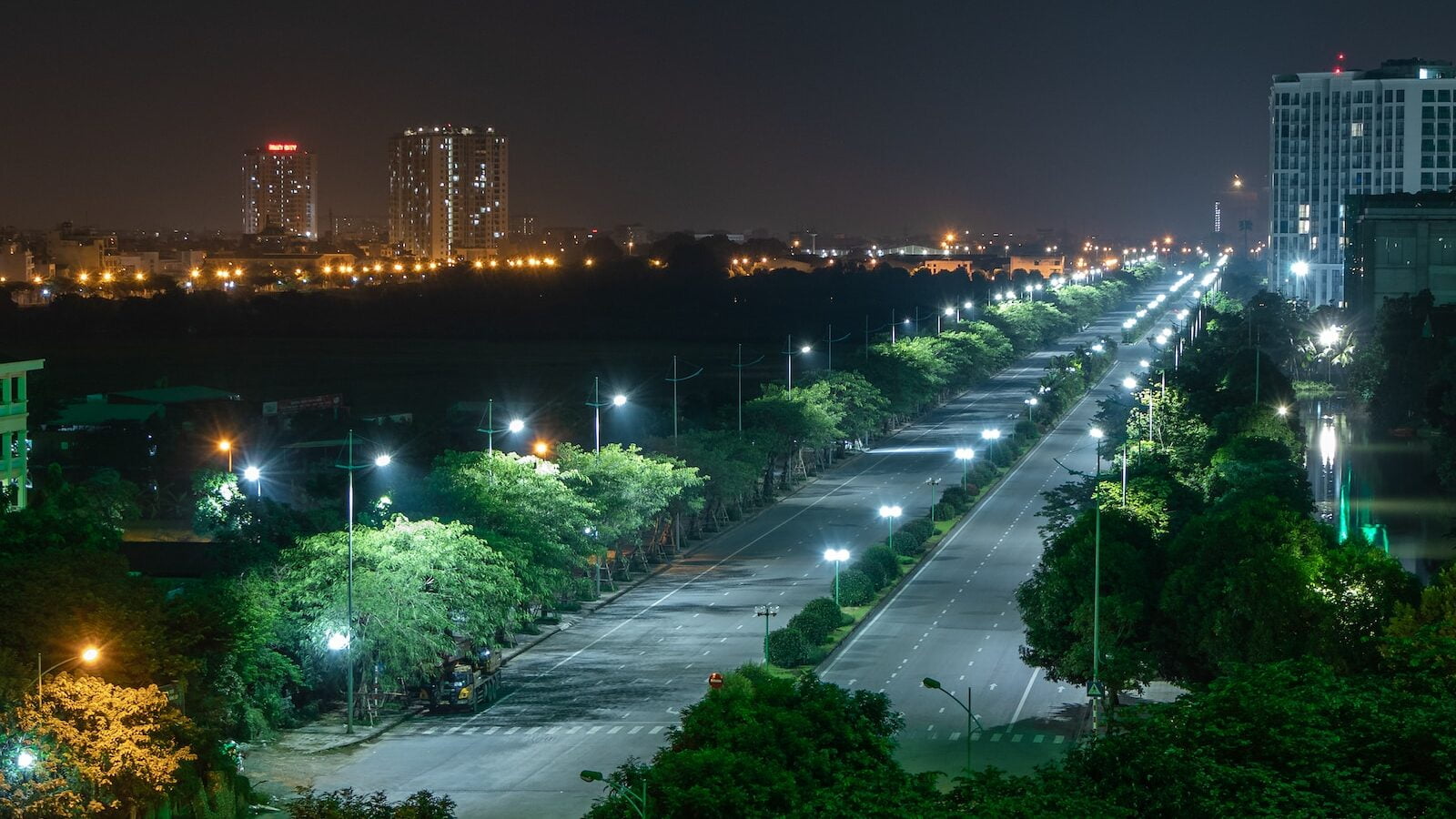Night Sky Friendly Lighting: A Key to Reducing Light Pollution

Isn’t it amazing how a simple change in our lighting can make such a big difference in our environment? 🌎 If you’re intrigued, let’s dive into the world of night sky friendly lighting and its role in reducing light pollution.
Light pollution might not be the first thing that comes to mind when we think about environmental issues, but it’s a growing concern that’s gaining more attention. Thankfully, night sky friendly lighting presents a solution to this modern-day challenge. Not only does it help us appreciate the beauty of the stars above, but it also plays a significant part in reducing light pollution.
What is Dark Sky Friendly Lighting?
Dark sky friendly lighting refers to outdoor lighting fixtures designed to minimize glare, reduce light trespass and skyglow, and limit the amount of blue light in the nighttime environment. They are fully shielded, meaning they direct light downwards where it’s needed, rather than letting it spill out in all directions. 🌌
What Lights Don’t Cause Light Pollution?
There are several types of lights that are considered night sky friendly. These include:
Fully shielded fixtures: These direct light downwards, reducing skyglow.
Low color temperature bulbs: These emit less blue light, which is a major contributor to light pollution.
Motion sensor lights: These only turn on when movement is detected, reducing unnecessary light.
Are Gas Lanterns Dark Sky Compliant?
Gas lanterns, with their soft, warm glow, can indeed be dark sky compliant, provided they are properly shielded. Their glow is typically less harsh than many LED or fluorescent lights, and they don’t contribute significantly to blue light pollution. But remember, placement and shielding are key, regardless of the type of light source!

What is Dark Sky Outdoor Lighting?
Dark sky outdoor lighting is a type of lighting that is designed specifically to reduce light pollution. It goes beyond individual fixtures to encompass an overall lighting strategy, including the placement of lights, the direction they point, and their intensity. With dark sky outdoor lighting, the aim is to illuminate our outdoor spaces effectively without compromising the beauty of the night sky.
Understanding Light Pollution
Light pollution is essentially excessive or misdirected artificial light. Cities are major contributors, with their countless streetlights, signs, and buildings illuminating the night. Light pollution has several negative effects, such as obscuring the night sky, disrupting ecosystems, and even affecting human health. This is where night sky friendly lighting steps in, offering a way to light our spaces without creating these issues.
What Are the Best Lights to Reduce Light Pollution?
Here are some of the best lights known for their efficacy in reducing light pollution:
Low-lumen LED lights
Warm white LED lights
Shielded gas lanterns
Solar-powered outdoor lights
Do LED Lights Increase Light Pollution?
LED lights can increase light pollution if they’re not used correctly. High-intensity LEDs, particularly those that emit a lot of blue light, can contribute significantly to skyglow and glare. But fear not! 🚫💡 By choosing LEDs with lower lumens and warmer colors, and by using shielded fixtures, we can reduce their impact on light pollution.
Environmentally Friendly Lighting Solutions
Choosing environmentally friendly lights can do wonders in reducing our carbon footprint and keeping the night sky clear. Night sky friendly lighting options, such as solar-powered lights and low-lumen LEDs, consume less energy and reduce light pollution— a win-win situation!
What Lights Are Environmentally Friendly?
Here are some examples of environmentally friendly lighting options:
- Solar-powered lights: They use renewable energy and emit less light, thereby minimizing light pollution.
- LED lights: They consume less power and last longer than traditional bulbs, but remember to choose low-lumen and warm white LEDs for the best environmental benefits.
- Compact Fluorescent Lights (CFLs): They use less energy than incandescent lights, but they should be used in shielded fixtures to prevent light pollution.
The Connection Between Light Temperature and Eye Health
Light temperature, measured in Kelvin (K), refers to the color of light emitted by a source. It plays a crucial role in our visual comfort and overall eye health. Blue-rich light, often emitted by high-Kelvin lights, can cause discomfort and is associated with a higher risk of certain eye conditions.
Is 5000K Bad for Eyes?
Lights with a temperature of 5000K or higher, often referred to as “daylight” bulbs, emit a significant amount of blue light. While not inherently “bad” for eyes, excessive exposure, particularly at night, can cause eye strain and disrupt sleep patterns.

The Pros and Cons of LED Lights
LEDs have taken the world by storm, thanks to their energy efficiency and long life. However, like all things, they have their pros and cons, especially when it comes to light pollution and night sky friendliness.
What Are the Negatives of LED Lights?
LED lights, especially those with high color temperatures (cool white or daylight), can contribute to light pollution due to their high blue light content. Moreover, poor-quality LEDs can produce harsh, glaring light that is not night-sky friendly. But don’t let this discourage you! 😮 By choosing wisely, we can enjoy the benefits of LEDs while minimizing these downsides.
How to Transition to Night Sky Friendly Lighting
Transitioning to night sky friendly lighting doesn’t have to be complicated. Start by replacing old, non-compliant fixtures with fully shielded ones. Opt for lights with lower color temperatures to reduce blue light. And consider adding motion sensors to outdoor lights to minimize their use when not needed.

Embracing night sky friendly lighting is a small step that can have a big impact on reducing light pollution and preserving our dark skies. Whether it’s choosing a lower color temperature bulb, installing a fully shielded fixture, or opting for a solar-powered light, each choice brings us one step closer to a more sustainable and star-friendly future. 🌟
Frequently Asked Questions
Here, we answer some common queries about night sky friendly lighting and light pollution:
How Does Light Pollution Affect Wildlife?
Light pollution can disrupt the behavior and reproduction of many wildlife species, particularly nocturnal animals and migratory birds.
Are All LED Lights Bad for Light Pollution?
No, not all LED lights are bad for light pollution. Low-lumen, warm white LEDs in fully shielded fixtures can be very night-sky friendly.
Can I Make My Existing Lights More Night Sky Friendly?
Yes, you can improve your existing lights by adding shielding, using dimmers, or replacing high color temperature bulbs with warmer ones.
Glossary of Technical Terms
- Blue Light: Part of the visible light spectrum, known for its high energy and potential to contribute to light pollution.
- Fully Shielded Fixtures: Lighting fixtures designed to direct light downwards to prevent skyglow.
- Light Trespass: Unwanted or intrusive light that spills over onto neighboring properties.
- Skyglow: Brightening of thenight sky caused by artificial light.
- Light Pollution: Excessive or misdirected artificial light.
- Color Temperature (Kelvin): The color of light emitted by a source, measured in degrees Kelvin (K).
- Lumens: The measure of the total quantity of visible light emitted by a source.
- Motion Sensor Lights: Lights that activate when movement is detected.
Remember, the path to a starry night begins at home. Let’s all do our part to reduce light pollution and keep our skies star-friendly! 💫🌌

